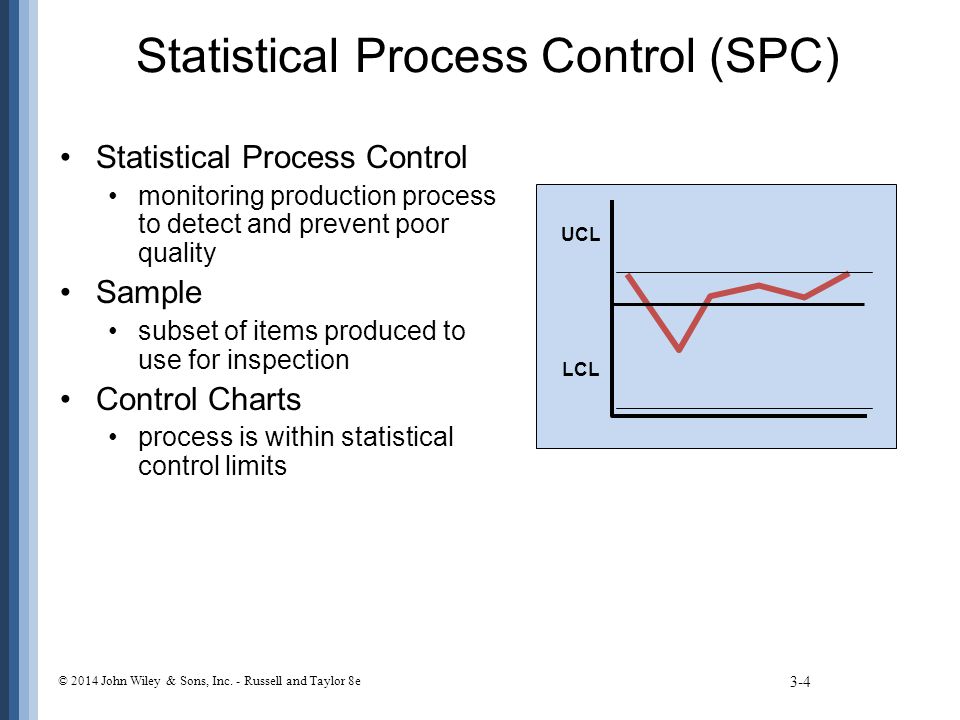Essential idea: Designers consider physiological factors to ensure products meet ergonomic needs. Designers study physical characteristics to optimize the user's safety, health, comfort, and performance.
Physiological factor data
Physiological factor data is available to designers and collected to optimize the user's safety, health, comfort, and performance. Human factor data related to physical characteristics used to optimize the mentioned user characteristics.
A recap on human factor design - it considers the:
- effectiveness (completeness and accuracy)
- efficiency (speed and effort)
- engagement (pleasantness and satisfaction)
- error tolerance (error prevention and error recovery)
- learnability (predictability and consistency)
it also considers which activities can be caried out and how human values quality of life, improved safety, reduced fatigue and stress, increased comfort levels and job satisfaction and are enhanced.
As human beings, we get used to the way things are really fast. But for designers, the way thing are is an opportunity to make things better and improve the human condition.
 |
| Physiological Factors |
How is physiological factor data collected?
Using a wide range of methods, such as performance testing, user trials and observations, collection of anthropometric data, and etc.
Comfort and fatigue
Comfort: How pleasing it feels to use a product, is one of the first things a human will notice. If something is not pleasant to the touch, people will not want to touch it or ultimately use or operate it. Comfort is of primary concern to the designers. It determines how effective a design is and how well a human can interact with a product.
Physical comfort: Designers need to find innovative ways to increase the utility of a product. Making an item intuitive and comfortable to use will ensure its success in the marketplace. Physical comfort while using an item increases its utility.
Psychological comfort: Comfort in the human-machine interface is found in feedback. You have preconceived notions of certain things. A quality product should feel like it is made out of quality materials. If it is lightweight and flimsy you will not feel that comfortable using it.
Fatigue: a person's sense of physical or psychological tiredness that inform decisions, and can affect a person's performance. Fatigue is a consequence of some discomfort experienced by the user and can lead to a loss in productivity, loss in quality of outcome and a perception that the product has been poorly designed.
Biomechanics
Biomechanics relates to the mechanics of living organisms and includes research into the operation of muscles, joints, and tendons. Biomechanics in human factor design deals with four key criteria:
- Force - Excessive impact jolts the user's joints and causes the muscles to tense in response.
- Repetition - Many work tasks and cycles are repetitive in nature, and are frequently controlled by hourly or daily production targets and work processes. High task repetition, when combined with other risk factors such as high force and/or awkward postures, can contribute to the formation of musculoskeletal disorder (MSD). A job is considered to be highly repetitive if the cycle time is 30 seconds or less.
- Duration - Refers to continuous muscular effort. Even small exertions continuously held are as stressful to the human tissues.
- Posture - Posture refers to "the carriage of the body as a whole, the attitude of the body, or the position of the arms and the legs". It is the position in which you could hold your body upright against gravity while standing.

The importance of biomechanics to the design of different products considering muscle strength, age of user, user interface (surface texture, handle size, etc) and torque.
- In a kitchen: viewing distances, pulling strength, lifting strength and turning strength.
- In a can opener, valve wheel, corkscrew, door handle, jam jar lid – torque becomes important.






